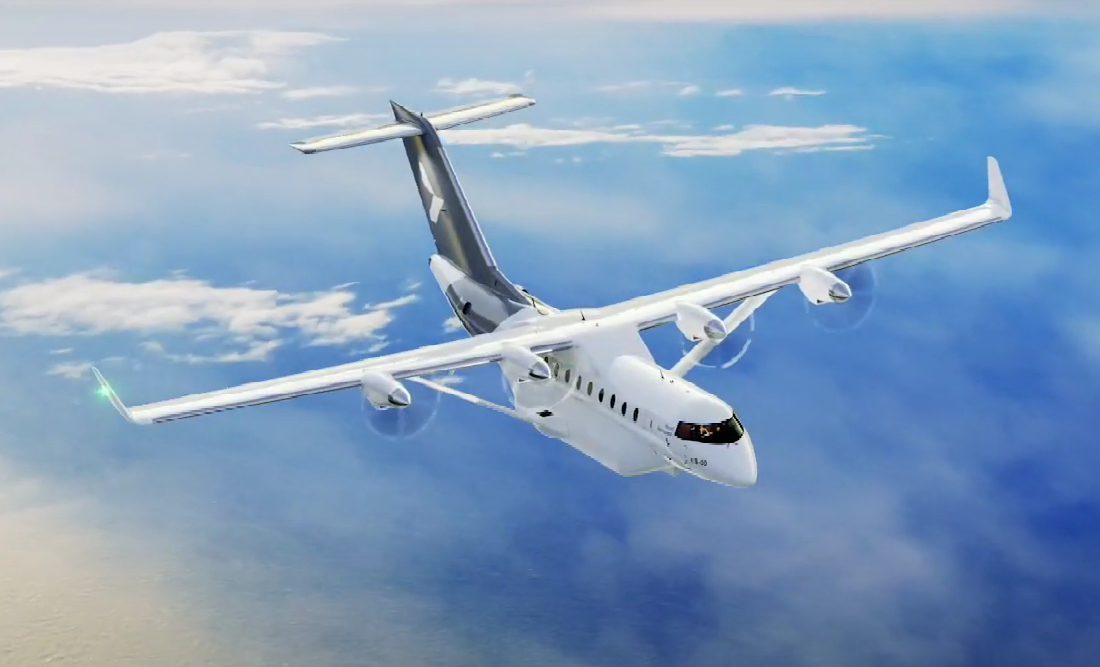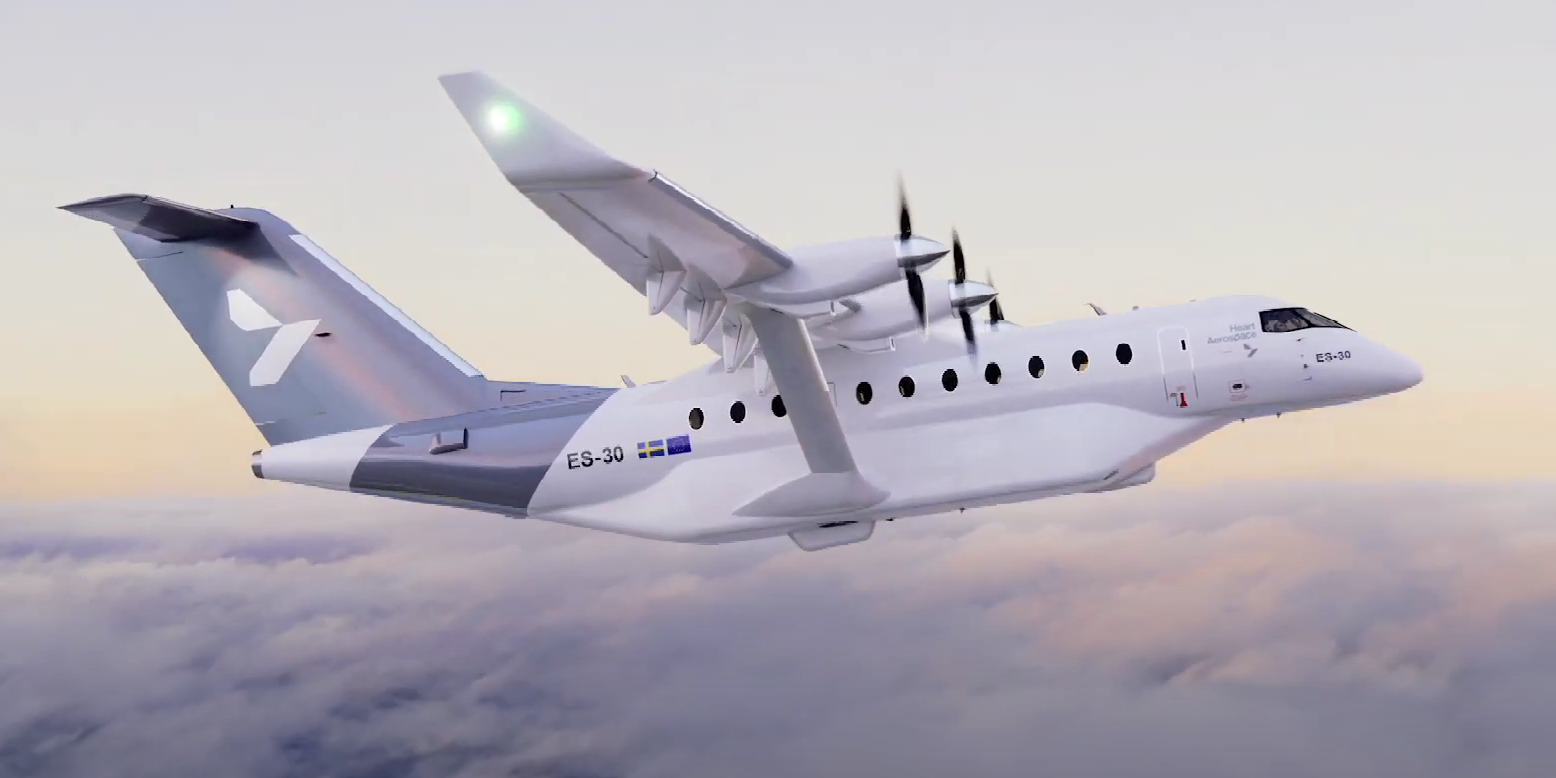The aviation industry has long been grappling with its environmental impact, striving to reduce emissions and move towards more sustainable practices. While the goal of net-zero emissions by 2050 remains challenging, a new breakthrough could accelerate this transition. Dutch startup Elysian is making waves with its ambitious plans for a fully electric passenger plane capable of carrying 90 passengers over a range of 500 miles. This innovation could significantly reduce emissions and herald a new era in sustainable air travel.
Electric Passenger Plane – A Game-Changing Design
Elysian’s electric aircraft, dubbed the E9X, is still in the conceptual phase, with plans to build a scale model in the next few years and a full-scale prototype by 2030. Unlike traditional planes, the E9X’s design is unconventional, with a wingspan of nearly 138 feet, larger than that of a Boeing 737. It features eight propeller engines and a thinner fuselage, which optimizes both structural integrity and aerodynamics.
One of the most striking aspects of the E9X is its battery placement. Instead of housing the batteries in the fuselage, Elysian plans to integrate them into the wings, a design choice that takes advantage of where lift is generated. This innovative approach allows the aircraft to achieve a greater range using existing battery technology, rather than waiting for future advancements.
Achieving Sustainable Aviation
The E9X is expected to cut climate impact by up to 90% compared to today’s narrowbody jets. This reduction includes the emissions associated with battery production and electricity consumption for recharging. The aircraft’s reserve energy system, based on a gas turbine, will provide emergency power, ensuring safety even in unexpected situations.
Elysian’s goal is to make the E9X compatible with current airport infrastructure, avoiding the need for costly upgrades. However, the longer battery charging times—targeted at 45 minutes—may require adjustments in turnaround times for airlines, particularly low-cost carriers.
Industry Impact and Challenges
While the E9X is a promising development, it faces significant hurdles. The aviation market is dominated by established manufacturers with a vast fleet of conventional aircraft. Elysian will need to present a compelling case to airlines and regulators, not only in terms of technology but also in terms of infrastructure, training, and long-term commercial viability.
Despite these challenges, the potential for electric aircraft is enormous. Other companies, like ZeroAvia and Eviation, are also exploring electric and hybrid-electric planes, with plans to introduce smaller models into service within the next few years. These efforts, combined with Elysian’s ambitious project, signal a shift in the aviation industry towards more sustainable practices.
The Future of Electric Aviation
Elysian’s E9X could be a game-changer for regional air travel, offering a quieter, more environmentally friendly alternative to traditional jets. If successful, it could pave the way for larger electric aircraft and a more sustainable future for the aviation industry. However, the journey from concept to commercial reality will require overcoming significant technological and logistical challenges.

As the world continues to seek solutions to the climate crisis, innovations like the E9X offer hope that the aviation industry can rise to the challenge and contribute to a greener future. The electric age of flight may be just around the corner, and Elysian’s vision could be at the forefront of this transformative shift.






One thought on “Electric Passenger Plane: A New Era in Aviation”